From synthesizer solos on Japan domestic albums to overseas editions
This is the Vagabond Synth Nerd’s Journal where I examine the effective use of synthesizers, etc., centered on synthesizer solos on domestic albums. Up to now, I have been grouping them into albums by a single artist.
On Japanese albums, we can find about one synthesizer solo in every album by a single artist, but this is not the case that synthesizer solos are featured in more than one album. This is the reason why synthesizer solos are so rarely featured in songs.
I did a lot of research for this feature, but I wasn’t able to find all of them. I will try again when I find a Japanese album in which synthesizers play an active role!
So this time, we will turn our attention overseas.
TOTO is the band with the highest percentage of synthesizer use overseas!
TOTO was the first band that came to mind when I thought about this. TOTO was a band with two keyboardists, David Paich and Steve Porcaro, and as an American rock band, they were able to sell their music in a style that used two keyboards. Rock music at that time was mainly guitar-driven, so as a fan of progressive rock, I approached TOTO with a lot of expectations.
The progressive TOTO feel with polyphonic synthesizers at the forefront is created by the two musician-ensemble. Their fourth album won a Grammy Award and they were known as one of the leading West Coast bands in the U.S.
At the time, TOTO was considered to be American progressive hard rock with a pop sophistication that was different from the Eagles or the Doobie Brothers, and to me, as a not yet 20-year-old kid, this sound was incredibly new.
As far as I know, TOTO was the first band to introduce twin keyboards in rock music.
In the photo from their debut, Steve Porcaro is playing a CS-80, and David Paich is playing a Yamaha CP-70 electric grand piano.
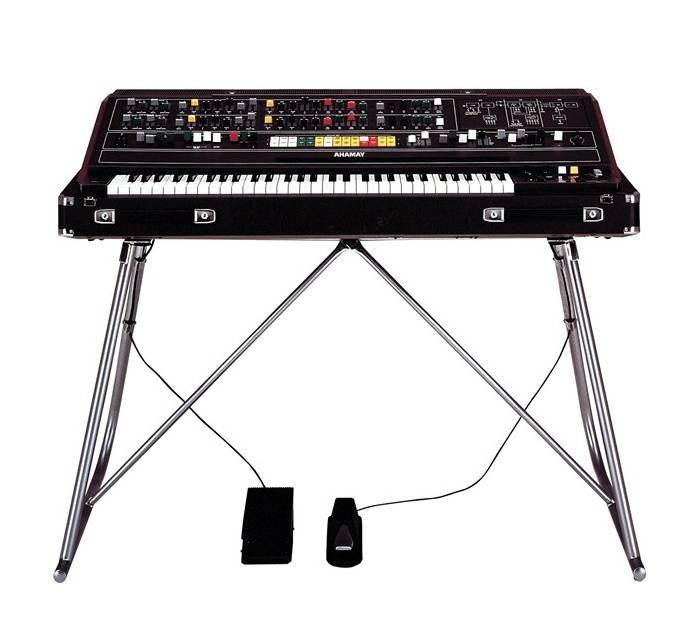
(quoted from Yamaha HP)
Yamaha CS-80
The CS-80 is a six-note polyphonic synthesizer that was released in 1977 and is used by many professionals, including UK's Eddie Jobson and Van Gelis. At the time, it was priced at 1,280,000 yen, and it was not a piece of equipment that most amateurs could afford. This polysynth was used for TOTO's first and second albums and it played an important role in supporting TOTO's music.
It also excelled in terms of tone quality, with many tones that could not have been produced without this synthesizer, such as the blurring of the pads and the magnificent brass sounds. Even single tones had a strong presence and could be used for solos. The keyboard was equipped with a long, thin ribbon controller (a long, thin, felt-like touch sensor about 2 cm in length) at the top of the keyboard, and by holding down a chord and moving the ribbon controller left or right, the player can produce a portamento effect with a chord.
■ Recommended album: Space Knight (1978)
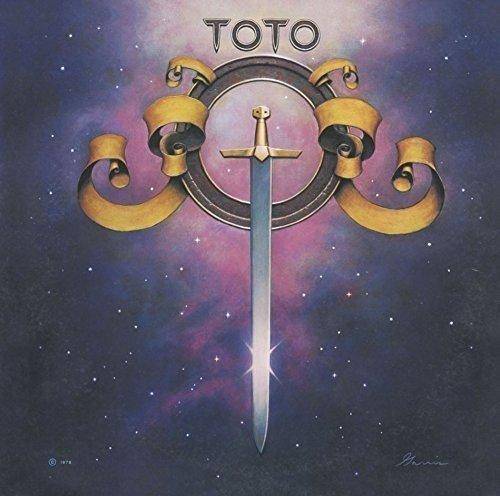
This album is the best TOTO album (there are various stories surrounding this one...). The reason for this is because the music is just excellent. Songs such as “Hold the Line,” which uses an acoustic piano to build a riff with chords, were innovative and had never been heard before at that time. Also, “I'll Supply the Love,” “Georgy Porgy,” and many other fine songs make this an album with no throw-away songs.
Above all, the use of polyphonic synthesizers to enhance the songs is exquisite.
The Yamaha CS-80 polysynth plays a major role in this album, and it is no exaggeration to say that without the CS-80, this album would not exist and the band TOTO would not have had any appeal to an audience. It was the presence of polysynths that brought a progressive taste to rock music, creating and accentuating its mood. If there had been only monophonic synthesizers, TOTO's first album would not have been possible.
This album was a reminder of the significance of the polysynth, with its orchestration of chords, the pads playing quietly in the background, and the brass chord backing that coexisted with the solos.
In this sense, the progression from monophonic synthesizers that could only produce single notes to polyphonic synthesizers that could produce six-note chords was a major turning point for music.
Recommended song: “Child’s Anthem”
The sound of the CS-80 is reminiscent of an orchestra that rings out. When the thick horn and trombone-like sounds are intertwined with live piano arpeggios and covered by portamento-drenched analog synth sounds, the progressive development of the ensemble is wonderful. It makes you wonder if this is really American rock.
The first time I saw TOTO live was on their second visit to Japan in 1982. It was right after the release of their fourth album. Steve Porcaro's live equipment consisted of a Yamaha GS1 (4-operator FM synthesizer) with a CS-80 on top, a Roland Jupiter 8 on the opposite side, and a Minimoog on top of that. The Keith Emerson style, in which the keys are set parallel to each side of the body, was used to create a good view of his own playing. David Peich, on the other hand, like Steve, placed a CS80 on top of a GS-1, with an acoustic piano on the right hand side at right angles to the CS-80. On the right hand side, an acoustic piano was placed at right angles to the CS-80, and a Jupiter 8 was placed on top of the CS-80.
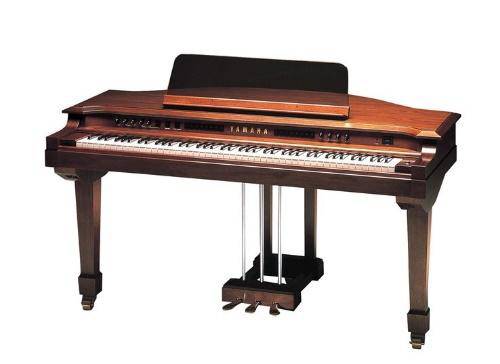
(quoted from Yamaha website)
Yamaha GS1
FM sound source (4 operators) digital synthesizer based on the hit digital synthesizer DX7 (6 operators). The price at the time was 2.6 million yen!
Like the DX7, it excelled at percussion-type sounds including non-integer harmonics such as kalimba and marimba.
Recommended song: “I’ll Supply theLove”
This song begins with Steve Lukather's guitar cutting following the end of “The Child's Anthem”. The CS-80 comes into its own in the latter half of the song. After the chime, the CS-80 played by Steve Porcaro appears on the stage, playing both the solo and backing. Steve Porcaro's funky and energetic solo is simple but very impressive.
Immediately after, an acoustic piano joins in for the grand finale. The twin keyboard development in this area is the quintessence of TOTO.
At the concert I saw, Steve Porcaro played a single-note solo on the Jupiter 8 on stage, then he turned around and played a brass backing on the CS-80. It was some flashy stage action.
Recommended Song: “Georgy Porgy”
The blotchy pad sounds of the CS-80, the strings playing behind Steve Lukather's slide guitar solo and the orchestral hit-like sounds of the chime form the mood of this song.
TOTO is the independent band of Boz's backing band that played on Boz Scaggs' classic album, Silk Degrees, and this song is truly Boz Scaggs itself.
Recommended song: “Girl Goodbye”
The thick synth bass sound, orchestration, and brass sound reminiscent of horns. When a sequence of phrases is added, it opens up a world of unquestionably British progressive rock. The Yamaha CS-80 polysynth was also used to create this intro. The thick, soft, and fat sound of the CS-80 became a trend in synth sounds at the time, and it gave birth to the proper noun for the “TOTO horn” sound.
Musicians, albums, and recommended songs featured in this issue
- Artist:TOTO, Steve Porcaro, David Paich
- Album:Space Knights
- Song titles:“Child's Triumphant Song,” “To You, My Beloved,” “Georgie Posey,” “Girl Goodbye
- Instruments used: Yamaha CS-80, GS1, Roland Jupiter 8, acoustic piano, etc.
The “sound & person” column is made up of contributions from you.
For details about contributing, click here.











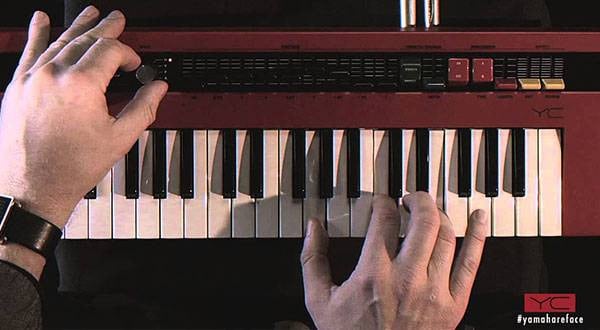
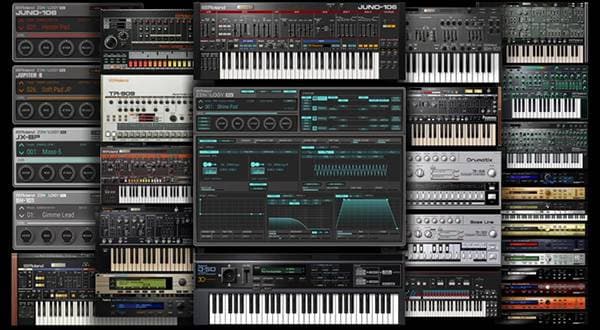
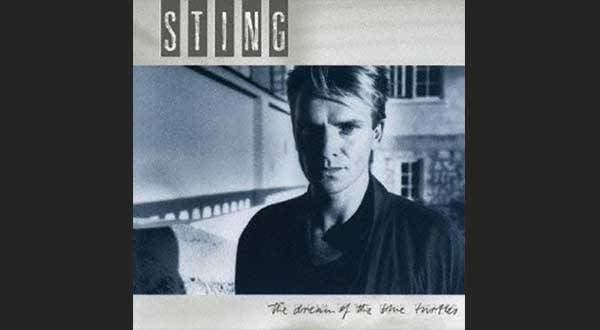

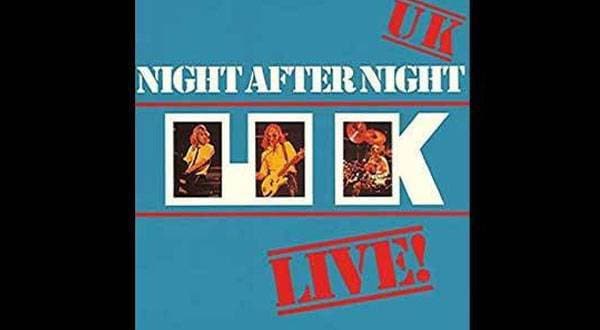
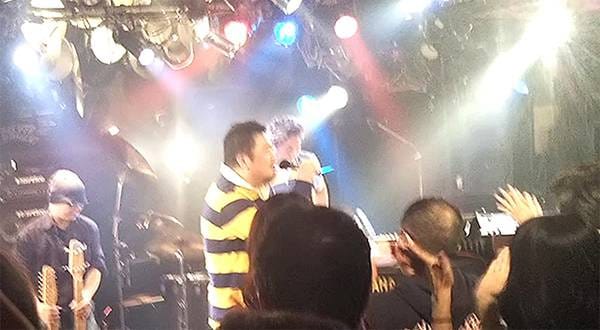
 DTMセール情報まとめ
DTMセール情報まとめ
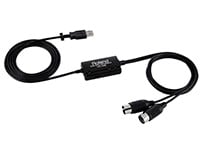 USB接続MIDIインターフェイス
USB接続MIDIインターフェイス
 USB接続対応のMIDIキーボード
USB接続対応のMIDIキーボード
 DTMに必要な機材
DTMに必要な機材
 キーボードスタートガイド
キーボードスタートガイド
 DTM・DAW購入ガイド
DTM・DAW購入ガイド















